|
2/3/2012 2 Comments The Daily Animal- a day in the life of a zoo, large and small animal veterinarian Lions, bears, and beagles- oh my! Think you have what it takes to handle the animal kingdom? Veterinarians are responsible for the care and welfare of every animal except one. Responsibility for a broad range of animals requires a dynamic individual capable of managing a fast-paced lifestyle. To understand a veterinarian’s lifestyle- you need to live it. However, reading about it is the next best thing. Here, we are featuring the daily lives of a zoo veterinarian, small animal surgeon and a large animal veterinarian. 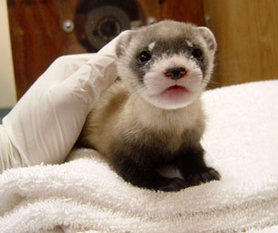 Conservation and Preservation- Day in the Life of a Zoo Veterinarian Dr. JoGayle Howard wakes up early to go to the office. Her “office,” however, is the National Zoo and her job is to manage the breeding and conservation efforts for the mammals. Being the head veterinarian at the National Zoo is a lifestyle rather than a regular office job as the dynamics of caring for a wide arrangement of animals are deeply embedded within her personality. Upon arriving at the zoo, she immediately sets off to the small mammal house. Today’s project? A recent litter of black-footed ferrets needs to be genetically tested. Dr. Howard has worked to expand the total population from 24 individuals to more than 1000 and ensuring genetic diversity is vital to the conservation program. Why? These pups will eventually be reintroduced into the wild. Dr. Howard eagerly checks her watch in anticipation of the day’s major event. After dropping off the ferret’s hair samples at the lab for DNA isolation she heads to the panda exhibit. This is an important day for the pandas as Mei Xiang, a 5-year-old female giant panda on loan from China, is ready to conceive. Pandas have a single brief annual window for breeding and the time is now for Mei Xiang. This mating is vital to the population and cannot be left up to her awkward mate, Ting Ting. Mei Xiang is induced into anesthesia for an intrauterine insemination.  This is an important day for the pandas as Mei Xiang, a 5-year-old female giant panda on loan from China, is ready to conceive. Pandas have a single brief annual window for breeding and the time is now for Mei Xiang. This mating is vital to the population and cannot be left up to her awkward mate, Ting Ting. Mei Xiang is induced into anesthesia for an intrauterine insemination. Five hours later Dr. Howard leaves a groggy Mei Xiang in the custody of her handlers to take a scheduled conference call with the Thailand Department of National Parks and Wildlife to discuss a recent carnivore survey regarding the future of two clouded leopard cubs. The clouded leopard project is close a special project for Dr. Howard. With less than 60 left in captivity, the clouded leopards are considered an endangered species. The species is notoriously difficult to breed in captivity, as the carnivores are shy, easily stressed in captivity, and exhibit deadly acts of aggression towards each other. The Khoa Kheow Zoo in Thailand has established itself as the center of the cat’s breeding program and intend to export their cubs to the National Zoo in an effort to improve the genetic diversity of the clouded leopard. The rest of the day is a flurry of activity as Dr. Howards prepares for a trip to the Nashville Zoo to review their conservation breeding program, finalizes a manuscript on the reproductive physiology of the Giant Panda, and interviews a new resident for the clouded leopard project. At the end of the day Dr. Howard has not only earned the satisfaction of saving species from extinction but also fostering international relationships through species conservation.
The next client is a regularly scheduled herd check at a 500 cow dairy farm. Dr. Stoll begins the appointment examining cows for indication of pregnancy. Monitoring a cow’s pregnancy is important to understand their nutritional needs and to be prepared for their delivery. While examining the expecting mothers, she quizzes the owner and dairy manager on the health of the cows that are not old enough to be milked. She also assays the milk for butterfat and protein concentration and takes samples to culture. As a food animal veterinarian, one of Dr. Stoll’s primary concerns is preventive medicine and she works to maintain a high quality of health for the animals she cares for. After examining the pregnant cows, the manager asks her to look at a cow that has not been eating and has a soft cough. As Dr. Stoll begins her examination she notes that the cow has a light discharge from her nose and increased salivation. She listens to the lungs and takes a temperature to identify fluid present from an infection. The findings point her to pneumonia but several other diseases can have similar signs. She takes a blood test to evaluate the immune cells present which will help refine her diagnosis. After administering an antibiotic to the cow, Dr. Stoll arranges to return to the farm with the results of the blood test. On the way to her office to drop off the blood sample- her cell phone rings with a client concerned about a cow in dystocia or difficulty giving birth. Dr. Stoll quickly drives to the dairy farm and sets into work to determine the cause of the problem by assessing the position of the calf and the cow’s uterine contractions. She readjusts the positions of the calf facilitating the delivery of a health female calf. She quickly begins the process of learning to stand-up in order to nurse. As a food animal veterinarian, Dr. Stoll has the distinct satisfaction of working to ensure the health and well-being of her patients that impacts the quality of their production.
2 Comments
3/21/2013 11:39:04 am
I don't wanna accept the fact that such cute animals get sick! It breaks my heart! I wanna take care of them all.
Reply
Leave a Reply. |
About the AuthorNatalie Punt caught the science bug at her grammar school’s science fair and has been experimenting since. She followed her passion for model biological systems as a microbiology major at UC Davis. As an undergraduate, she exercised her dual love for chemistry and biology by spending her free time in the biochemistry department characterizing the enzymatic site of a meiotic homologous recombination enzyme in yeast and identifying a motility gene in Myxococcus. Natalie has developed and characterized a mouse model of tumor angiogenesis, engineered a 3-D model of tumor angiogenesis and most recently contributed to the characterization of the epigenetic regulation of Mixed Lineage Leukemia. Her work has earned recognition at numerous science conferences and publications in peer-reviewed journals. Natalie’s immediate research plan is to study the genetic differences in cancer between domesticated animals and humans as a veterinarian student in California. In her free time she enjoys running around the Charles, reading design books and learning to speak Italian. Liked this article?
|
The Network for Pre-Professional Women in Science and Engineering
The Scientista Foundation is a registered 501(c)(3) -- Donate!

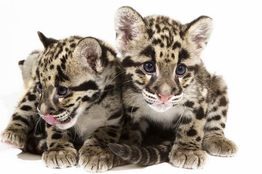
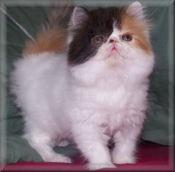
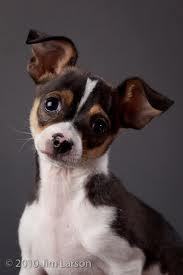
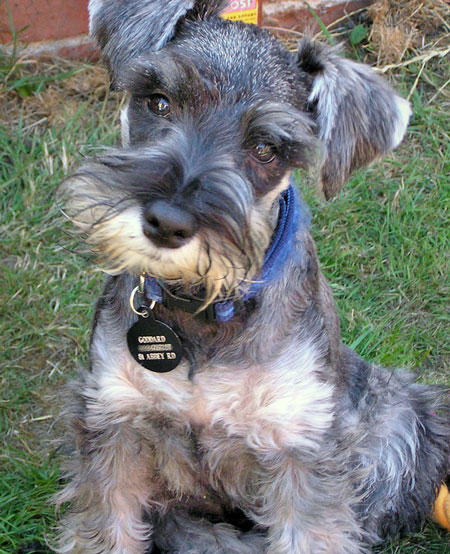
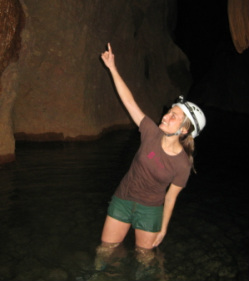
 RSS Feed
RSS Feed